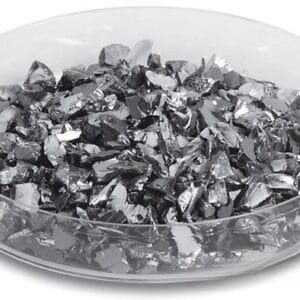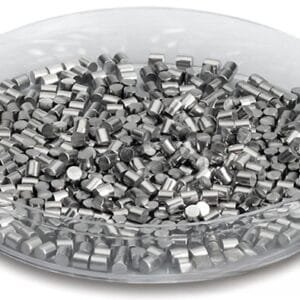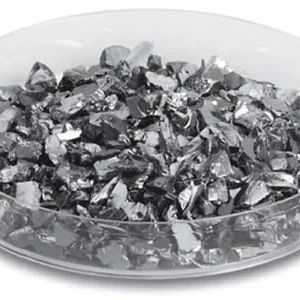Terbium(III,IV) Oxide Evaporation Materials: Product Description
TFM provides high-purity terbium(III,IV) oxide evaporation materials, known chemically as Tb4O7. With a purity level reaching up to 99.9995%, these oxide materials are essential for ensuring high-quality deposition films. Our rigorous quality assurance processes guarantee that these materials deliver consistent and reliable performance.
Terbium(III,IV) Oxide Evaporation Materials: Specifications
- Material Type: Terbium(III,IV) Oxide
- Symbol: Tb4O7
- Color/Appearance: Dark brown-black solid
- Theoretical Density: 7.3 g/cm³
- Purity: 99.9% ~ 99.99%
- Shape: Available as powder, pellets, granules, or custom-made
Terbium(III,IV) Oxide Evaporation Materials: Applications
Our terbium(III,IV) oxide evaporation materials are versatile and used in various applications, including:
- Deposition Processes: Ideal for semiconductor deposition, chemical vapor deposition (CVD), and physical vapor deposition (PVD).
- Optics: Suitable for applications such as wear protection, decorative coatings, and display technologies.
Terbium(III,IV) Oxide Evaporation Materials: Packaging
To maintain the integrity and quality of our products, TFM packages terbium(III,IV) oxide evaporation pellets in plastic vacuum bags. This packaging protects against damage during storage and transportation. Each package also includes a Certificate of Analysis (COA) for the raw material.
Contact TFM
TFM is dedicated to producing high-purity terbium(III,IV) oxide evaporation materials for use in semiconductor, CVD, PVD, and optical applications. Our engineering, manufacturing, and analytical teams work together to deliver industry-leading products. For more information or to discuss your specific needs, please get in touch with us directly.


 MSDS File
MSDS File



Reviews
There are no reviews yet.